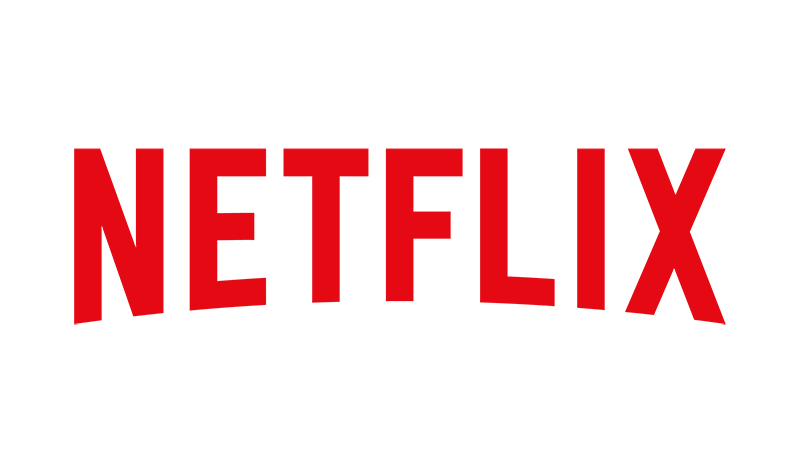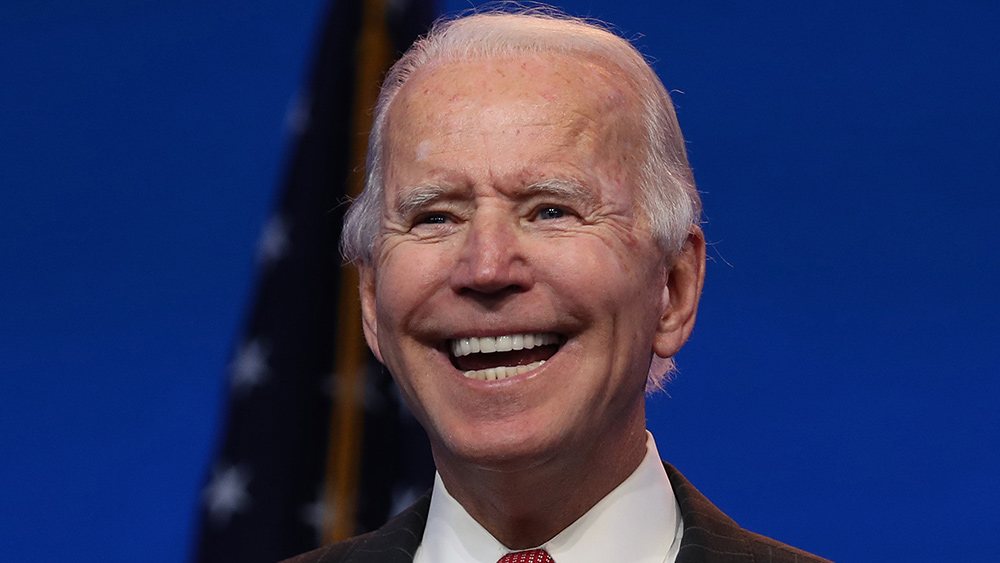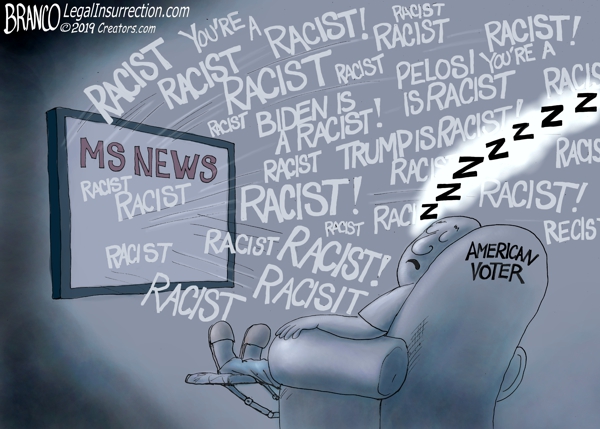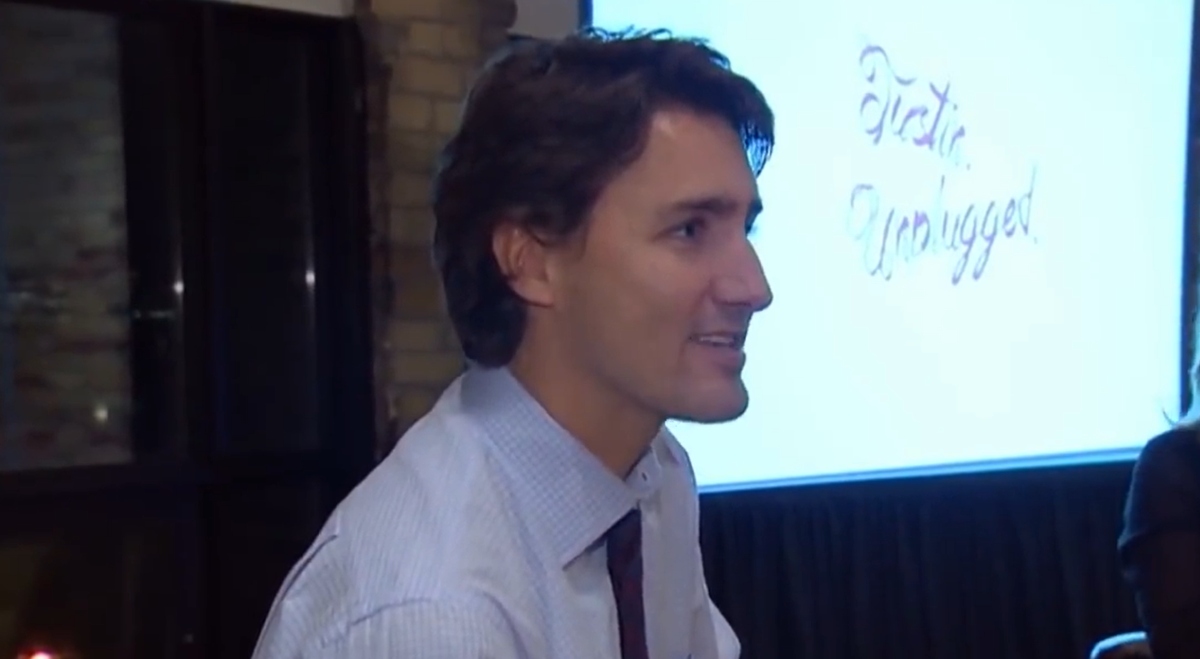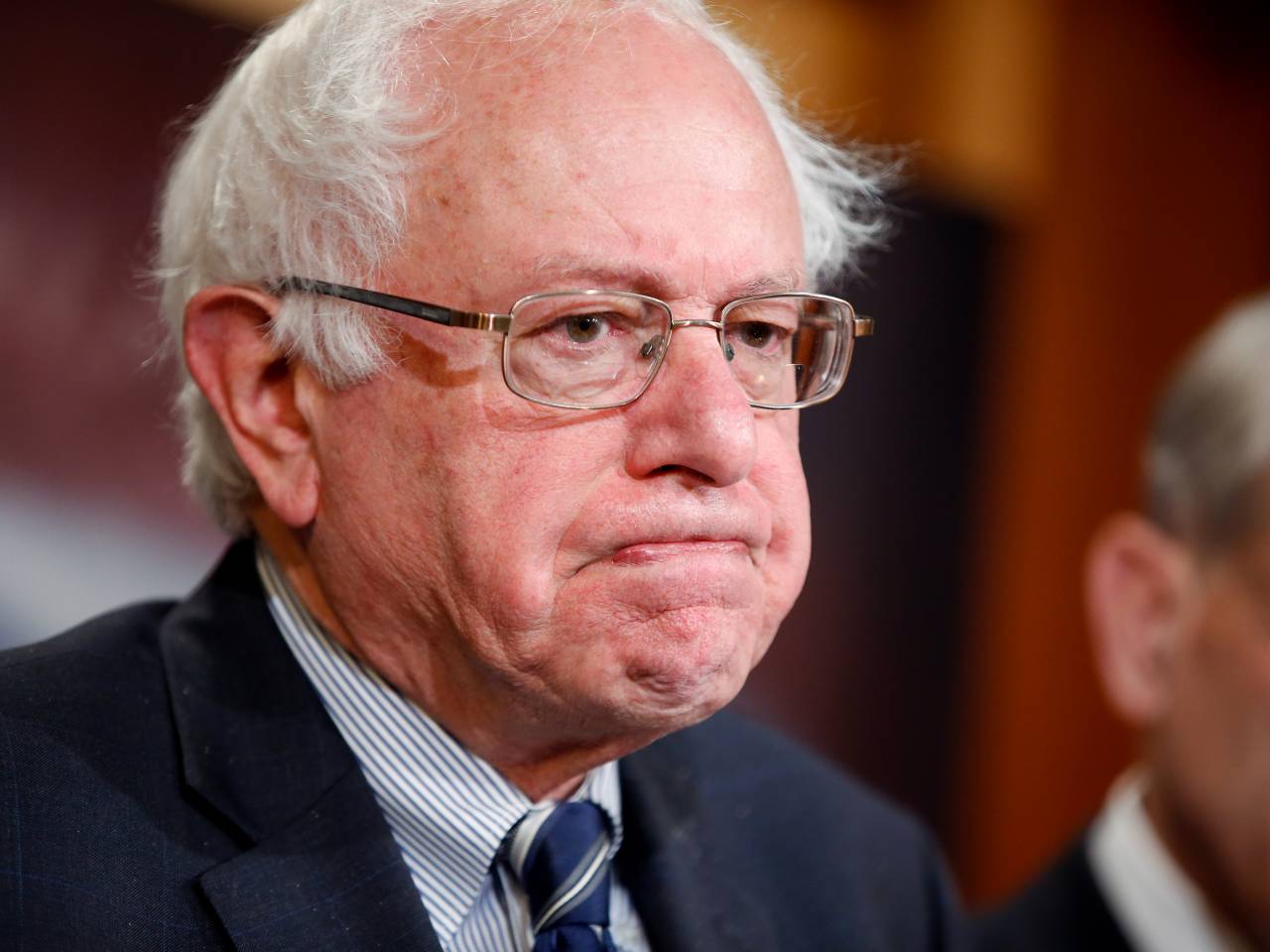
An undeclared group of socialists – President Obama and Democrats in Congress who supported him – have made a mess out of the nation’s healthcare system with “Obamacare.” It’s much more expensive than the nation was promised, it is not as delivering as promised, and it remains unpopular among a majority of Americans.
Now, Sen. Bernie Sanders of Vermont, a leading contender for the Democratic presidential nomination, wants to double down on the Obamacare monster.
On the campaign trail Sanders has attracted a lot of support from Americans who are believing his promises of free-this, free-that, free-everything, and one of the freebies he has promised is free health care for all. The problems with his “policies of freebies” are legion, but none so dramatic as his free healthcare-for-all plan.
Free healthcare that is not really free
For one thing, “free” healthcare really isn’t free – it must be paid for, by someone, because healthcare systems don’t just exist without financial support. Sanders has said his plan would pay for itself, largely through the imposition of new fees and taxes (which are at record levels already), and that means that everyone who uses “healthcare” – that’s all of us – would have to pay even more than we are paying under Obamacare (higher deductibles, rates and out-of-pocket expenses, anyone?).
As reported by the Huffington Post, a study by the Committee for a Responsible Federal Budget about Sanders’ “single-payer” plan (that would essentially be Medicare for all), found that it would cost trillions of dollars and still not be fully paid for.
“According to the Sanders campaign, the plan would cost roughly an additional $1.4 trillion per year, or $14 trillion over ten years, and it would be financed through a combination of taxes on workers, employers, investors, estates, and high earners,” the committee said in its analysis.
“That Sen. Sanders has shown a commitment to paying for his new initiatives and has proposed specific concrete changes to do so is quite encouraging. However, by our rough estimates, his proposed offsets would cover only three-quarters of his claimed cost, leaving a $3 trillion shortfall over ten years,” the analysis continued.
Sanders has a plan
Meanwhile, the national debt – already near $19 trillion – would balloon even further. The CRB estimated that by 2026, the national debt would be 100-150 percent of annual gross domestic product, or the sum of all economic activity generated by the world’s biggest economy in a year (though we wouldn’t remain the world’s biggest for long with that kind of plan).
Here are some other ‘highlights’ of the Sanders plan:
- A 2.2 percent “income-related premium” tax that would affect all average families making more than $28,800 a year;
- A 6.2 percent employer-paid “income-related premium” that would likely be added as an additional payroll tax (that would put even more economic pressure on employers on top of the newly imposed costs for healthcare coverage mandated by Obamacare – just another reason to hire fewer employees);
- Higher taxes on “the rich” - 37 percent above $250,000, 43 percent above $500,000, 48 percent above $2 million, and 52 percent above $10 million;
- Boosting the estate tax (the “death tax” in other words) from 40 percent to 65 percent and lower the threshold for being taxed from $5.45 million to $3.5 million (why anyone would vote for a presidential candidate who thinks the federal government is entitled to most of your estate and not your family is a mystery).
And so on.
Sanders' single-payer plan will not be as cost effective as he believes
Sanders has argued that Americans would actually pay less overall because they’d be paying less in premiums and out-of-pocket expenses. But the committee’s analysis does not show that; in fact, the analysis found that Sanders’ top tax rate may eventually hit 85 percent, “well above” the revenue maximizing rate (meaning a negative return on taxes).
Also, under a Sanders single-payer plan, the government would then full-on control all healthcare delivery and all healthcare decisions about treatments, what would (and wouldn’t) be covered, and who would then recieve the treatment (and when, and how much of it).
If you think the government’s handling of the VA medical system is bad, just think about how bad all healthcare delivery would be if a President Sanders got his way. Here is a British example.
Sources:
Please contact us for more information.









